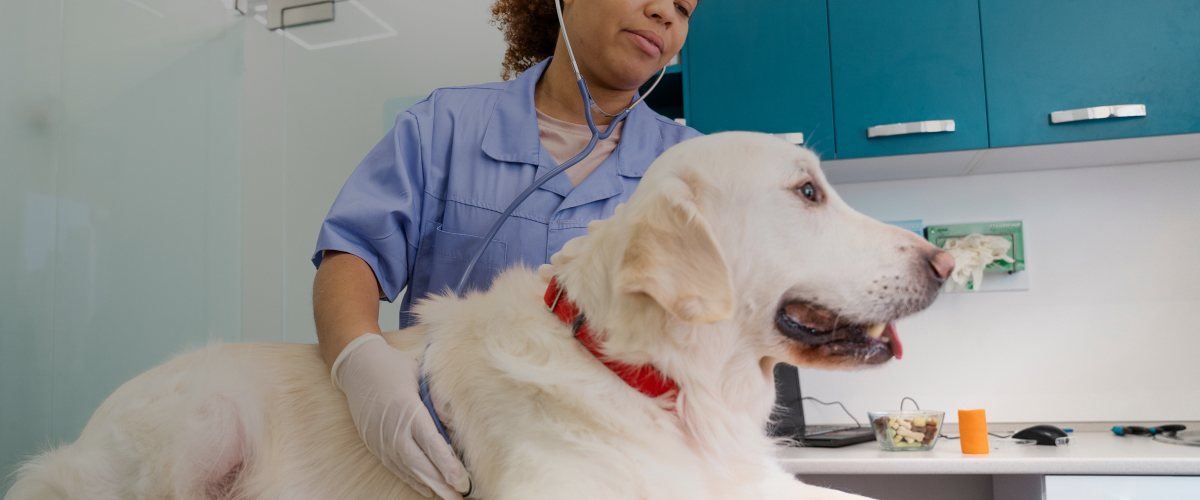As pets grow older, they become more susceptible to a range of health issues—including respiratory problems. Senior pet breathing problems can arise from various age-related conditions, and recognizing the early signs can make a significant difference in the quality of life for your aging companion. This article explores the common causes of respiratory distress in senior pets, how to spot the warning signs, and the best treatment options available.
Common Causes of Breathing Problems in Senior Pets
Breathing difficulties in older pets can stem from several serious medical conditions. One of the most prevalent is congestive heart failure, which can cause fluid buildup in the lungs, leading to labored breathing. Chronic bronchitis, laryngeal paralysis, and collapsing trachea are also common in aging dogs, while asthma is more frequently diagnosed in senior cats.
Other possible causes include lung tumors, infections, obesity, and exposure to environmental irritants. In some cases, breathing problems may result from dental disease, as bacteria can spread from the mouth to the lungs, causing respiratory infections.
Symptoms to Watch For
Early detection of breathing problems is key to effective treatment. Pet owners should watch for symptoms such as:
- Rapid or labored breathing
- Persistent coughing or wheezing
- Bluish gums or tongue
- Unusual panting (especially in cats)
- Fatigue or reluctance to exercise
- Noisy breathing or open-mouth breathing (especially in cats)
If any of these signs are present, especially in combination, it’s important to seek veterinary care immediately. Delaying treatment can lead to worsening conditions or life-threatening complications.
Diagnosis and Veterinary Evaluation
A thorough veterinary examination is crucial for determining the cause of a senior pet’s breathing difficulties. Vets typically perform diagnostic tests such as chest X-rays, blood work, EKGs, and sometimes ultrasound or bronchoscopy. These tests help identify whether the issue lies in the lungs, heart, or upper airways.
Early and accurate diagnosis can make a significant difference in outcomes. Many respiratory issues, while chronic, can be managed effectively with the right care plan.
Treatment Options for Breathing Problems in Senior Pets
Treatment varies depending on the underlying cause. Medications like bronchodilators, corticosteroids, and diuretics are commonly prescribed to manage inflammation and fluid retention. In some cases, oxygen therapy or nebulization may be necessary to support breathing.
For pets with conditions like laryngeal paralysis or collapsing trachea, surgical intervention might be considered. Lifestyle changes, including weight management, avoiding environmental triggers, and using humidifiers, can also significantly improve a pet’s comfort and breathing efficiency.
Preventative Care and Ongoing Management
Preventing respiratory problems in senior pets starts with routine veterinary checkups, which can detect early warning signs before they become severe. Keeping your pet at a healthy weight, maintaining good dental hygiene, and reducing exposure to smoke, dust, and allergens are all crucial for respiratory health.
Additionally, pet owners should be familiar with their pet’s normal breathing patterns so they can quickly spot changes.
When to Seek Emergency Care
Not all breathing issues can wait for a scheduled vet visit. If your senior pet is experiencing severe respiratory distress, gasping for air, or showing signs of cyanosis (blue gums or tongue), treat it as a medical emergency. Prompt intervention can be life-saving.
Final Thoughts
Senior pet breathing problems are a serious but manageable aspect of aging. By staying vigilant, seeking timely veterinary care, and creating a supportive home environment, you can help your aging dog or cat breathe easier and enjoy a better quality of life. Understanding the causes and treatments of breathing difficulties ensures you’re prepared to give your senior pet the care and comfort they deserve.

